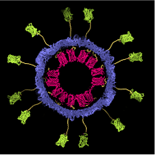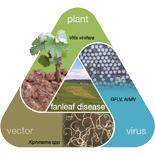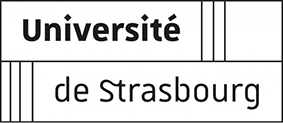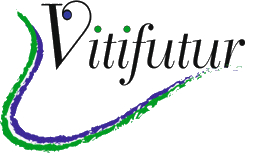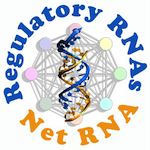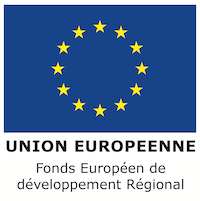Many viruses are among the most damaging and widespread pathogens of grapevine worldwide (fanleaf, leafroll, etc…). At the interface between basic and applied research, the overall objective of the group ” Biology and biotechnology of grapevine viruses” is to better understand the biology of these viruses. In particular, our aim is to decipher their interactions with host plants, how they move from cell to cell via plasmodesmata and how they are transmitted by nematode vectors. This allows us to develop new tools or strategies to fight against these pathogens: detection and agrodiagnostic tools using Nanobodies, virus-resistant plants, biotechnology applications derived from Virus Like Particles (VLPs), etc… Our aim is also to strengthen our position among the international leaders in plant virology and biotechnology.
Production of Nanobodies against major grapevine viruses
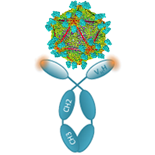
Nanobodies (Nbs) are small peptides derived from single-chain only antibody found in camelids. Discovered in the 90s, Nbs are the smallest known antibody-like molecules and are of great interest in biotechnology. We showed that Nbs directed against Grapevine fanleaf virus (GFLV) possess antiviral activity and confer resistance to the virus. They can also be used for the immunodetection of the virus and are excellent GFLV biosensors in planta. Based on these proof of concepts, we aim at developing Nbs against other major grapevine viruses responsible of fanleaf- (nepoviruses), leafroll- (ampelovirus) and rugose wood complex-(vitiviruses) diseases.

